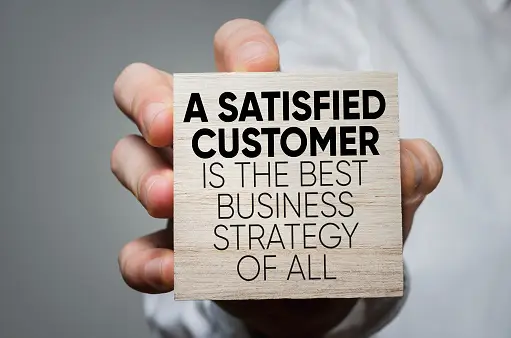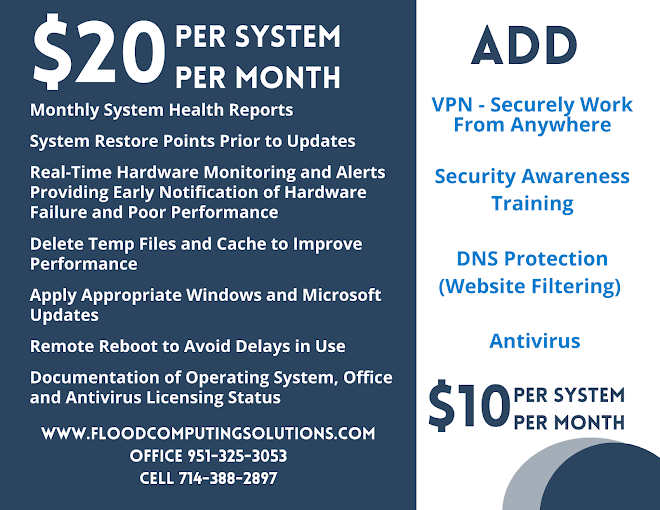Upgrade Your Tech Game Instead
Let's discuss why hiring isn't always the answer when it comes to addressing business needs. While hiring new employees can certainly bring fresh perspectives and skills to a team, there are situations where investing in other solutions may be more beneficial.
One reason is the cost associated with hiring. Bringing on new employees involves expenses such as salaries, benefits, onboarding, and training. These costs can add up, especially if you're not certain about the long-term sustainability of the position or if the workload fluctuates.
Hiring takes time. Finding the right candidate, going through the hiring process, and waiting for them to become fully productive can be a lengthy endeavor. During this period, your business may be missing out on opportunities or struggling to meet demands.
Instead of always resorting to hiring, it's worth considering alternative approaches such as technology upgrades, process improvements, or automation. These options can help optimize existing resources and streamline operations, often yielding more cost-effective and efficient results.

Investing in tech upgrades can be a wise decision for businesses looking to improve their overall performance and stay competitive in today's rapidly evolving landscape. Unlike hiring, which involves ongoing expenses, technology upgrades are a one-time investment that can provide long-term benefits. One major advantage of tech upgrades is the potential for increased productivity. Upgrading your systems, software, or infrastructure can enable your employees to work more efficiently, saving time and reducing manual errors. This increased productivity can result in higher output and cost savings.
Moreover, tech upgrades can enhance your ability to meet customer demands and expectations. By leveraging the latest technologies, you can offer faster response times, improved service quality, and better overall customer experiences. This can help build customer loyalty, attract new clients, and differentiate your business from competitors.

The benefits of upgrading your technology are numerous. Let's explore some of them in more detail:
a. Enhanced efficiency: Upgraded technology often comes with improved features, streamlined processes, and automation capabilities. This can lead to greater operational efficiency, reduced manual efforts, and minimized errors, resulting in time and cost savings.
b. Increased scalability: As your business grows, outdated technology may struggle to keep up with the increased demands. Upgrading your technology infrastructure can provide the scalability and flexibility necessary to accommodate expanding operations and handle larger workloads.
c. Competitive advantage: In many industries, staying ahead of the competition is crucial for success. By upgrading your technology, you can leverage advanced tools, analytics, and systems that enable you to outperform competitors, deliver better products or services, and capture market share.
d. Data-driven decision-making: Upgrading technology often involves implementing advanced analytics and reporting capabilities. This allows you to gather and analyze valuable data, gaining insights that can drive informed decision-making and strategic planning.
e. Enhanced cybersecurity: Older technology may be more vulnerable to security threats. Upgrading your systems and software can provide improved security features and ensure that your business is better protected against cyberattacks and data breaches.
Overall, technology upgrades can empower your business to operate more efficiently, adapt to changing market conditions, and meet customer expectations effectively.

Automation can indeed save you both time and money. By automating repetitive tasks and processes, businesses can free up valuable employee time, allowing them to focus on more strategic and value-added activities. Automation eliminates the need for manual data entry, routine paperwork, and repetitive administrative tasks. This can significantly reduce the risk of errors and increase productivity. Instead of spending hours on mundane tasks, employees can allocate their time to more creative, complex, and customer-centric work.
Moreover, automation can lead to cost savings by reducing labor costs. With automated systems in place, fewer employees may be needed to handle certain tasks, ultimately lowering payroll expenses.

Technology can provide personalization opportunities. By leveraging customer data and analytics, businesses can tailor their offerings and interactions to meet individual customer preferences. This level of personalization helps create a more engaging and relevant customer experience, fostering stronger relationships and driving repeat business.
Technology also enables businesses to offer self-service options, such as online portals or mobile apps, empowering customers to access information, make purchases, or resolve issues on their own terms. This convenience and autonomy contribute to a positive customer experience.
Overall, integrating technology into customer interactions can result in smoother processes, quicker response times, personalized experiences, and ultimately, higher customer satisfaction.
Additionally, investing in technology shows that the organization values innovation and is committed to providing its employees with the resources they need to succeed. This can create a sense of empowerment and loyalty among the workforce.
Moreover, technology upgrades often come with training and upskilling opportunities. By investing in employee development and providing them with the necessary skills to leverage new technologies, businesses can foster a culture of continuous learning and growth, which further contributes to employee satisfaction and engagement.
Furthermore, technology upgrades can unlock innovation potential. New technologies often bring fresh perspectives and possibilities, allowing businesses to explore new product or service offerings, optimize processes, and drive creativity within the organization.
By investing in technology and embracing digital transformation, businesses can position themselves as industry leaders, attract top talent, and adapt to changing customer expectations. It's a strategic move that can contribute to long-term success and sustainable growth.
Assess your business needs, identify areas where technology can make a difference, and embark on the journey of upgrading your technology infrastructure. Whether it's streamlining processes, improving customer interactions, or empowering your workforce, investing in technology is a smart move that can bring significant returns in the future. Good luck!

